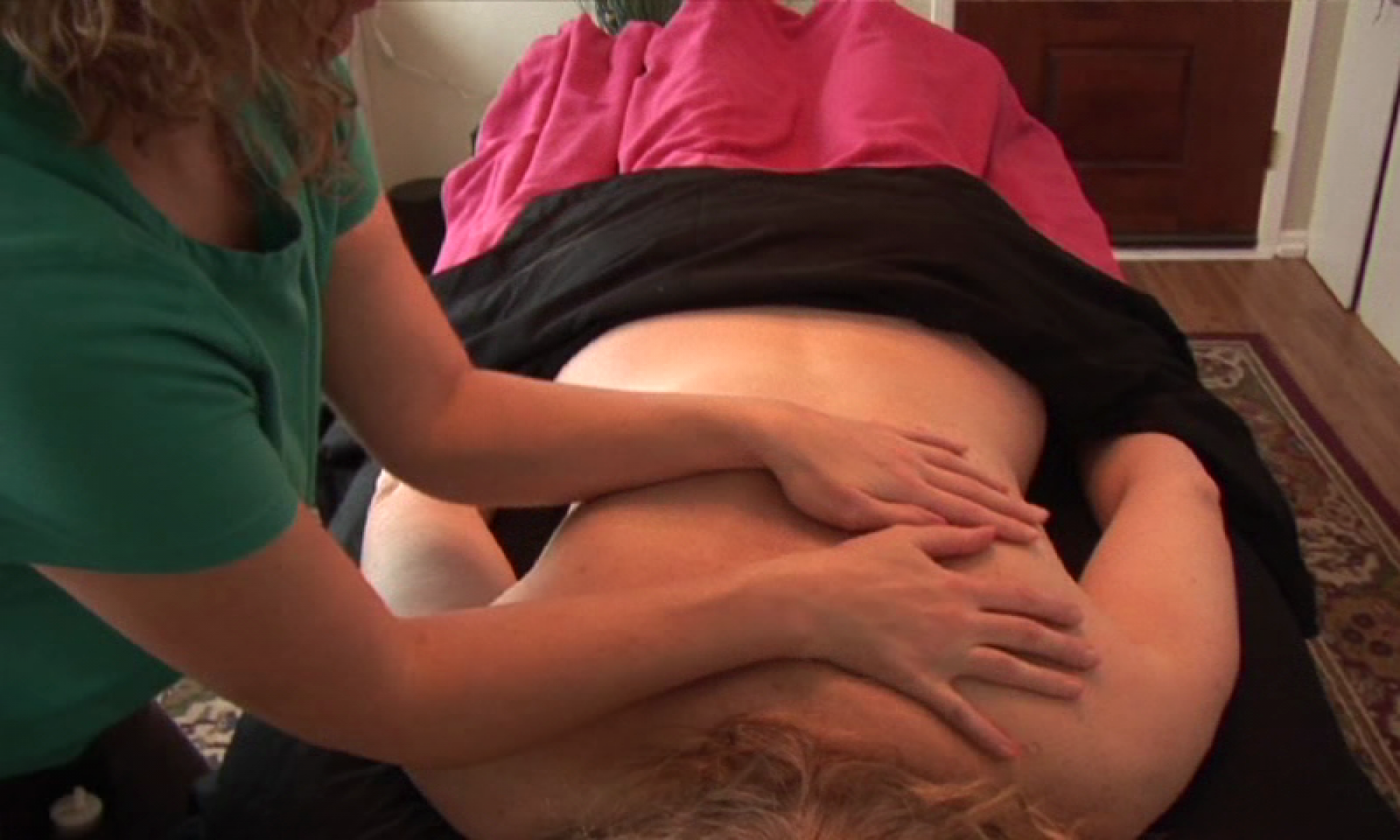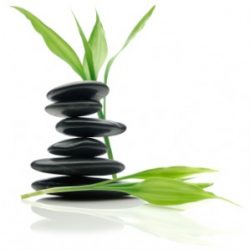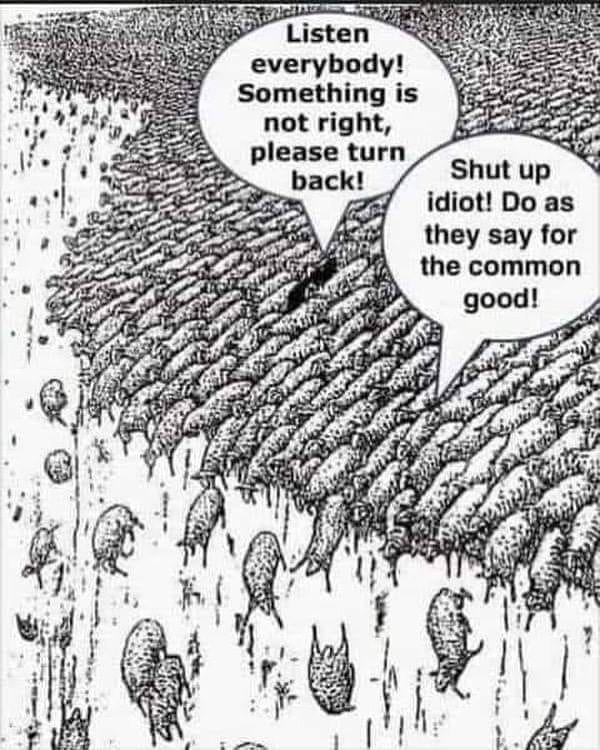Ever driven someplace and upon arrival wondered, “How did I get here?”
Ever been on a vacation, but 1 month later realized there were only a few fragments of memories from the get-away?
Ever had a moment of clarity, while sitting & waiting in a busy pain clinic for several hours, of “this can’t be ALL there is for me?”
Each of these moments, and countless others, have one thing in common.
That one thing is called consciousness, or being fully present and engaged at each moment in life. This means that mentally we are present with the here and now. We are conscious of our bodies and intentional in movement. And our energy is focused on the right now.
The human body is remarkable in its ability to multitask and remember patterns in our lives. For example, our physical bodies begin to learn patterns in movement like walking or driving to work.
These movement patterns decrease the need for physical and mental energy so we can conserve it. It also decreases the use of conscious attention of the “how-to” in learned movements like how we learn to walk (i.e., unconscious habit).
The purpose of unconscious habit allows for multitasking, like driving to work while being lost in thought.
When it comes to discomfort of any type, the body begins to learn and maintain a slew of new patterns to find relief. Often, things like changes in posture or in gait or in how we move are seen physically.
All of this change happening without us even being aware of it!
The casual reader might be asking, “Well that’s a good thing, right?”
Well, in many instances, the answer is yes. The issue truly revolves around how our bodies decide to pattern the chronic discomfort AND how our brains cope with it.
Remember when I said that patterning is related to energy conservation and reliance on unconscious habit?
For example, take those people we see leaning on their grocery carts. By figuring out that walking around the store was painful, their body learns through trial and error that leaning on the grocery cart reduces the backache.
This pattern will be repeated every time they find themselves in a store. 6 months later they may suddenly realize they aren’t standing as straight and upright as they once did, and that they “need” the cart to get through the store. Pretty soon, they are having to use the ride-carts, instead.
So patterning works to find the path of least resistance (or comfort) away from discomfort, and to conserve energy (leaning on the cart) in order for us to go to the grocery store – all unconsciously.
When it comes to low back issues, comfort patterns have their own consequences. Things like not walking anymore because it hurts.
Or adopting a hunched posture that can cause neck and hip problems.
Or even mentally checking out of life to escape the agony.
But the truth is, comfort is the cliff’s edge! When we get comfortable in our pain, we fail to have the consciousness to realize we are suffering far greater than we realize. That by following the path of least resistance, we invite the comfort consequences in our lives and can experience far more issues than we started with.
Thankfully, we can begin to teach our bodies and brains a new way forward without going over the cliff’s edge. By working to bring unconscious patterns back into consciousness, we can prevent being swept up by the herd or following them over the cliff.
So the next time the thought of, “Is this all there is for me?’ occurs, become conscious of the situation. The cliff’s edge may be closer than expected. Have the courage to want more and be willing to do what it takes to find what “more” means.


